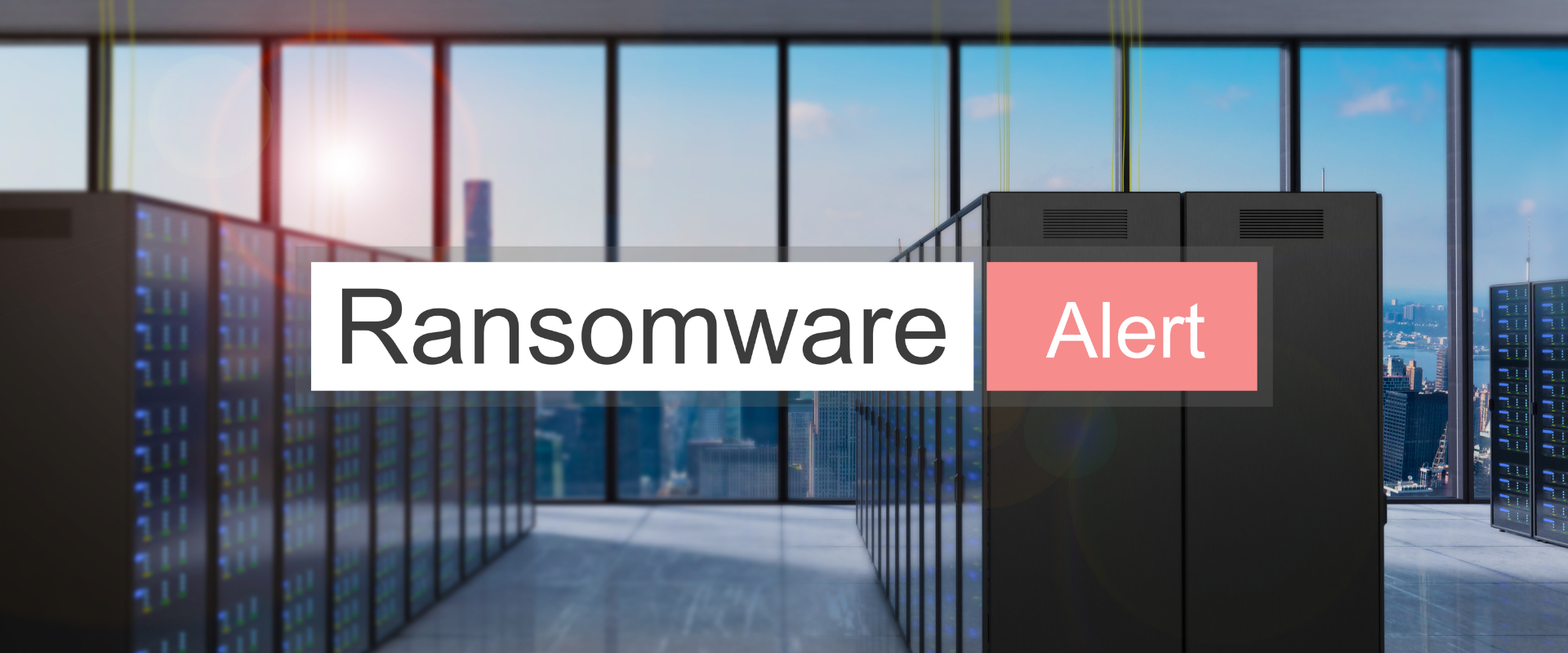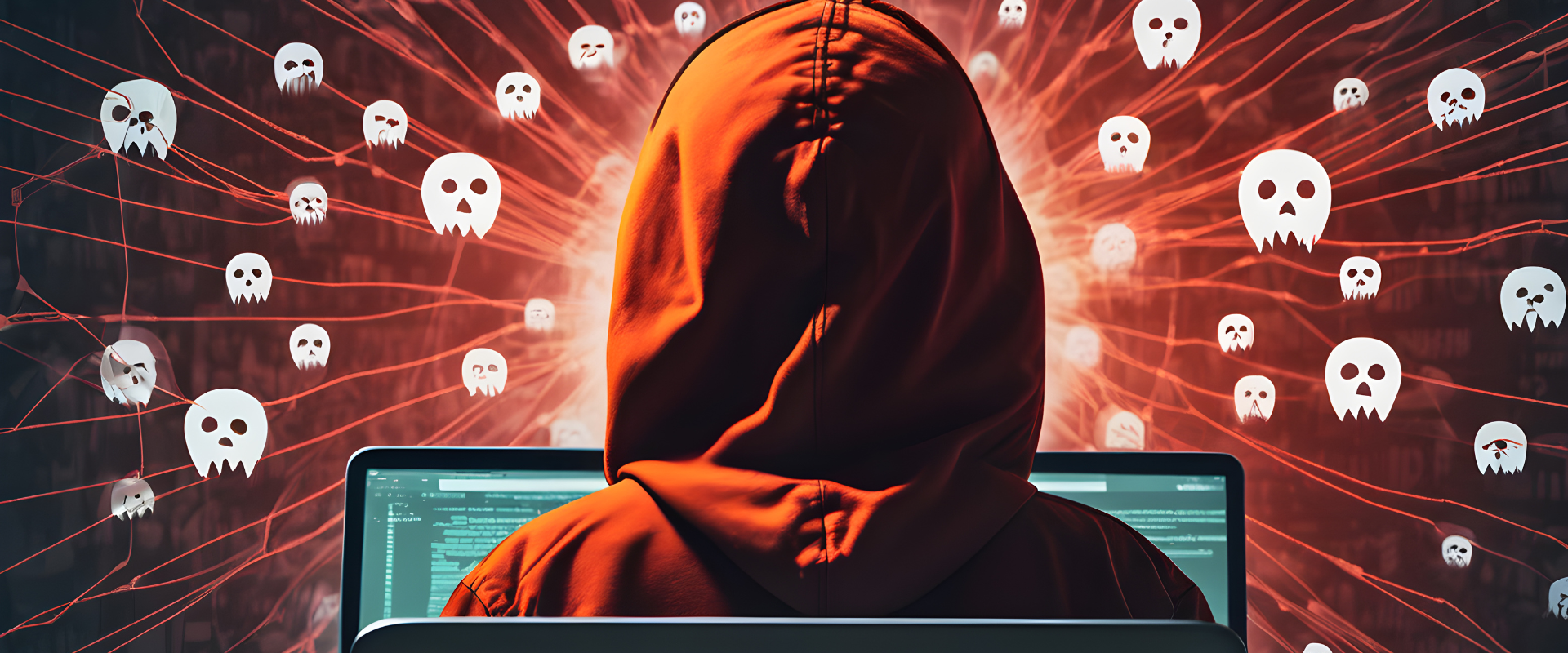
The Evolution of Ransomware: How to Prepare for the Future of Cyber Extortion
By, Webmaster
- 25 Jun, 2025
- 3.7k Views
Ransomware continues to be one of the most prevalent and dangerous forms of cyberattacks, targeting organizations of all sizes and sectors. In 2025, the landscape of ransomware is evolving rapidly, with cybercriminals adopting more sophisticated tactics, including ransomware-as-a-service (RaaS), and even leveraging artificial intelligence to improve the efficiency of attacks.
In this blog, we will explore the latest trends in ransomware, the impact of AI on these attacks, and how businesses can prepare to defend against future ransomware threats.
What Is Ransomware?
Ransomware is malicious software that encrypts a victim’s files, rendering them inaccessible, and demands a ransom payment for their release. Traditionally, ransomware attacks involved sending an email with an infected attachment or malicious link, but these attacks have evolved in complexity and scale.
In 2025, ransomware groups are using increasingly sophisticated techniques to gain access to critical systems, with the goal of extorting large sums of money from organizations. Some ransomware attackers even threaten to leak sensitive data if the ransom is not paid.
How AI is Changing the Ransomware Landscape
One of the most concerning trends in the world of ransomware is the increasing use of artificial intelligence. AI allows cybercriminals to optimize their attacks, making them more effective and harder to detect. Here are a few ways AI is shaping the future of ransomware:
Automated Targeting and Personalization: AI can be used to gather intelligence about a target organization’s infrastructure, identifying vulnerabilities to exploit. It can also help attackers craft highly personalized phishing emails that bypass traditional defenses, significantly increasing the likelihood of a successful attack.
Smarter Payload Delivery: AI can help ransomware adapt to the environment in which it is deployed. For example, ransomware can now be designed to detect and avoid virtual environments commonly used by cybersecurity researchers, making it harder to analyze and neutralize.
Faster Encryption and Evasion: AI algorithms can automate the encryption process, allowing ransomware to lock files faster and more efficiently, and even avoid detection by traditional antivirus software by altering its code on the fly.
Enhanced Negotiation Tactics: Cybercriminals can use AI to simulate human interaction during ransom negotiations, making it harder for victims to recognize whether they are communicating with an actual attacker or a bot.
The Rise of Ransomware-as-a-Service (RaaS)
In recent years, Ransomware-as-a-Service (RaaS) has become a major business model in the world of cybercrime. This service allows individuals with little technical knowledge to launch ransomware attacks for a fee. RaaS providers typically supply the malware, the infrastructure for launching attacks, and even customer support to help criminals carry out their attacks.
The proliferation of RaaS has significantly lowered the barrier for entry into cybercrime, resulting in more widespread ransomware attacks targeting businesses and individuals. In fact, many large-scale ransomware attacks today are executed by affiliates who rent ransomware infrastructure from a service provider.
The Financial Impact of Ransomware
Ransomware attacks not only lead to financial losses but also have long-term consequences for businesses:
Direct Financial Losses: The most obvious financial impact of a ransomware attack is the ransom demand itself, which can range from thousands to millions of dollars. Even if businesses choose not to pay, recovery costs can be staggering.
Operational Downtime: Ransomware can disrupt operations, with companies often forced to shut down critical systems to prevent further spread. This downtime can result in lost revenue, missed deadlines, and reputational damage.
Data Loss and Intellectual Property Theft: Many ransomware attackers steal data before encrypting it. This stolen information can be sold on the dark web or used to blackmail the victim further, leading to potential long-term consequences for intellectual property and competitive advantage.
Legal and Regulatory Consequences: Organizations that experience ransomware attacks may face fines or legal action, especially if they fail to report the breach or if sensitive customer data is compromised. Regulatory bodies, such as GDPR in Europe, impose strict penalties for data breaches.
How to Protect Your Business from Ransomware
As ransomware attacks evolve, businesses must take proactive steps to defend themselves against these threats. Here are key strategies to safeguard your organization:
Implement Comprehensive Backup Solutions: Regularly back up critical data and store it offline or in an isolated cloud environment. This ensures that, in the event of a ransomware attack, you can restore data without having to pay the ransom.
Adopt Advanced Threat Detection: Invest in advanced threat detection systems powered by AI and machine learning to identify ransomware attacks in real-time. These systems can detect abnormal activity and help block attacks before they cause significant damage.
Educate Employees About Phishing and Social Engineering: Many ransomware attacks start with a phishing email. Regular training and awareness programs can help employees identify suspicious emails and avoid falling for social engineering tactics.
Segment Your Network: Network segmentation limits the movement of ransomware within your organization. By isolating critical systems and data, you reduce the risk of a full-scale compromise.
Enable Multi-Factor Authentication (MFA): MFA adds an additional layer of protection to your network, making it harder for attackers to gain unauthorized access, even if they steal login credentials.
Develop a Robust Incident Response Plan: In case of a ransomware attack, having a well-defined incident response plan is crucial. This should include steps for isolating infected systems, notifying stakeholders, and working with law enforcement if necessary.
Collaborate with Cybersecurity Experts: Work with cybersecurity experts to stay ahead of evolving ransomware threats. Conduct regular vulnerability assessments and penetration testing to identify weaknesses in your infrastructure.
Conclusion
The future of ransomware is closely tied to technological advancements, especially in the realm of AI and machine learning. While these technologies are making ransomware more dangerous, they also hold the key to developing more sophisticated defenses.
By investing in the right tools and adopting proactive security measures, businesses can protect themselves from ransomware’s devastating financial and operational impacts. The key will be staying informed about emerging threats and adapting security practices to meet the ever-changing landscape of cybercrime.
Recent Posts
- IoT Security Risks: How Connected Devices Are Expanding the Cyberattack Surface
- Data Breaches: Understanding the Real Cost of a Cyberattack
- Deepfake Fraud: The New Frontier of Cybercrime
- Cloud Security Challenges: How to Protect Your Data in a Borderless Digital World
- AI in Cybersecurity: How Artificial Intelligence is Changing the Fight Against Cyber Threats
Category
- Cyber Security (86)
- Vulnerability Assessment (70)







